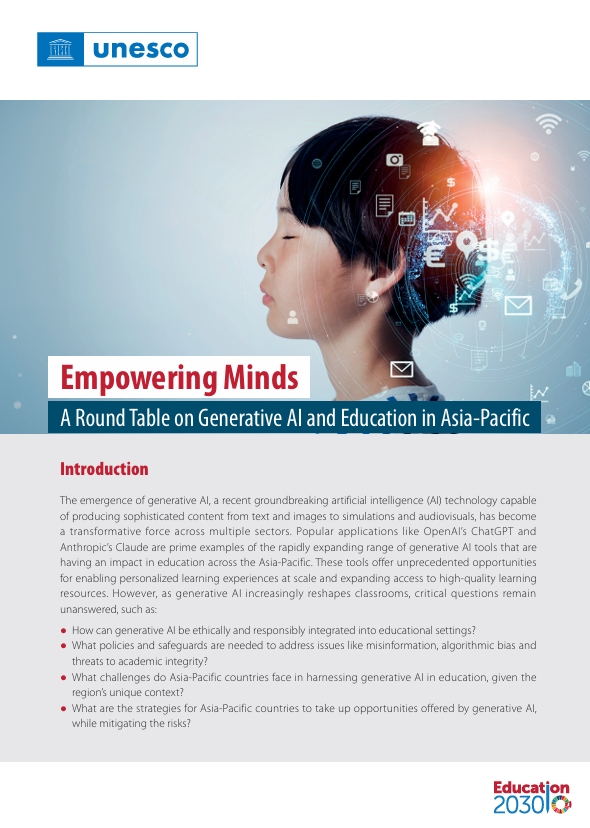By Christine Umayam, Apr 23, 2018
The days of standing in front of the classroom and “lecturing” are long gone. By using video, teachers can keep students engaged in new and innovative ways.
Video is also proving to have solid results when it comes to learning outcomes—from higher test scores to increased engagement with learning materials to increased comprehension.
Including video in classroom instruction offers numerous benefits for both educators and students. These include time saved introducing new concepts as well as the ability for teachers to build authentic relationships through mentorship. Video is also proving to have solid results when it comes to learning outcomes—from higher test scores to increased engagement with learning materials to increased comprehension.
Here are five ways video can have a powerful impact on teaching and learning:
1. Engagement
Video brings together two things that the written word can’t: body language and tone of voice. Combined, these play a significant role in teaching a subject. Because our brains process visual images almost 60,000 times faster than the written word, video naturally engages students more than many other teaching methods. Indeed, studies have shown that video learning has positive outcomes on multiple levels, including increased motivation and deeper learning, and can specifically impact students’ ability to facilitate discussions and identify problems.
2. Effectiveness
Video learning is effective on both sides of the classroom; educators can use it to create time and space for active learning. Once a video is created, it can be reused and updated as needed, leaving more time in the classroom for live discussions and engagement with students. Studies have shown that video lectures are effective because they allow class time to be used in more engaging ways.
Because videos can be watched repeatedly until the material is fully grasped, they let students learn at their own pace. In a flipped classroom, students watch video lessons for homework and use class time to dig into the content with teachers.
3. Authenticity
Video engages both the student and educator in a one-on-one relationship without ever being in the same room.
A compelling 2016 study by the Online Learning Consortium found that video helped educators build and foster authentic relationships with students. The study tasked California Polytechnic University professors with providing video feedback on student assignments. Teachers said they were able to offer guidance more quickly and effectively than when providing handwritten feedback. As a result, professors built and fostered authentic relationships with students, while also understanding specific learning needs.
4. Inspired Thinking
Visual cues combined with audio play a huge role in the comprehension and retention of new material. Forrester Research analyst James McQuivey claims one minute of video equals approximately 1.8 million written words. Thus when video is used in the classroom, students are are forced to think critically when introduced to complex content.
Inspired thinking can also be found in the minds of students when they create their own videos. By giving students the chance to produce their own videos, they are able to engage both the analytical and creative parts of their brain. They are also inspired to collaborate in a team environment and become active learners of new technologies.
5. Video For All
Traditional teaching methods—such as standing in front of the classroom—often ignore students with special needs. And while people with learning and physical disabilities make up almost 20% of the US population, many teachers receive no special education training.
Video can help address this gap in training by giving both general and special education teachers the opportunity to teach students at their own pace. Students can rewatch a video multiple times in order to gain and retain learning material. And captions, for example, enable deaf students to read the video.
Numerous studies show that utilizing both the visual and audio portions of learning leads to high engagement and improved outcomes. From higher test scores to building authentic relationships with teachers, video is proving to be a must-have in the classroom.
Video also allows dissemination of educational knowledge to classrooms around the globe. A teacher in Milwaukee can easily create a video tutorial for children in India. This information-sharing medium is enhancing our ability to learn from each other, opening up doors of cultural understanding and social empathy.






